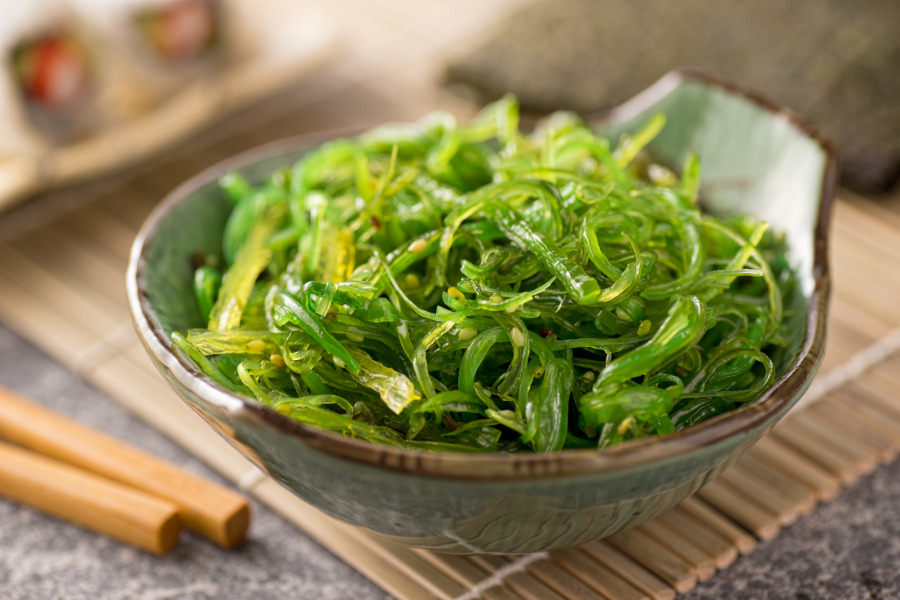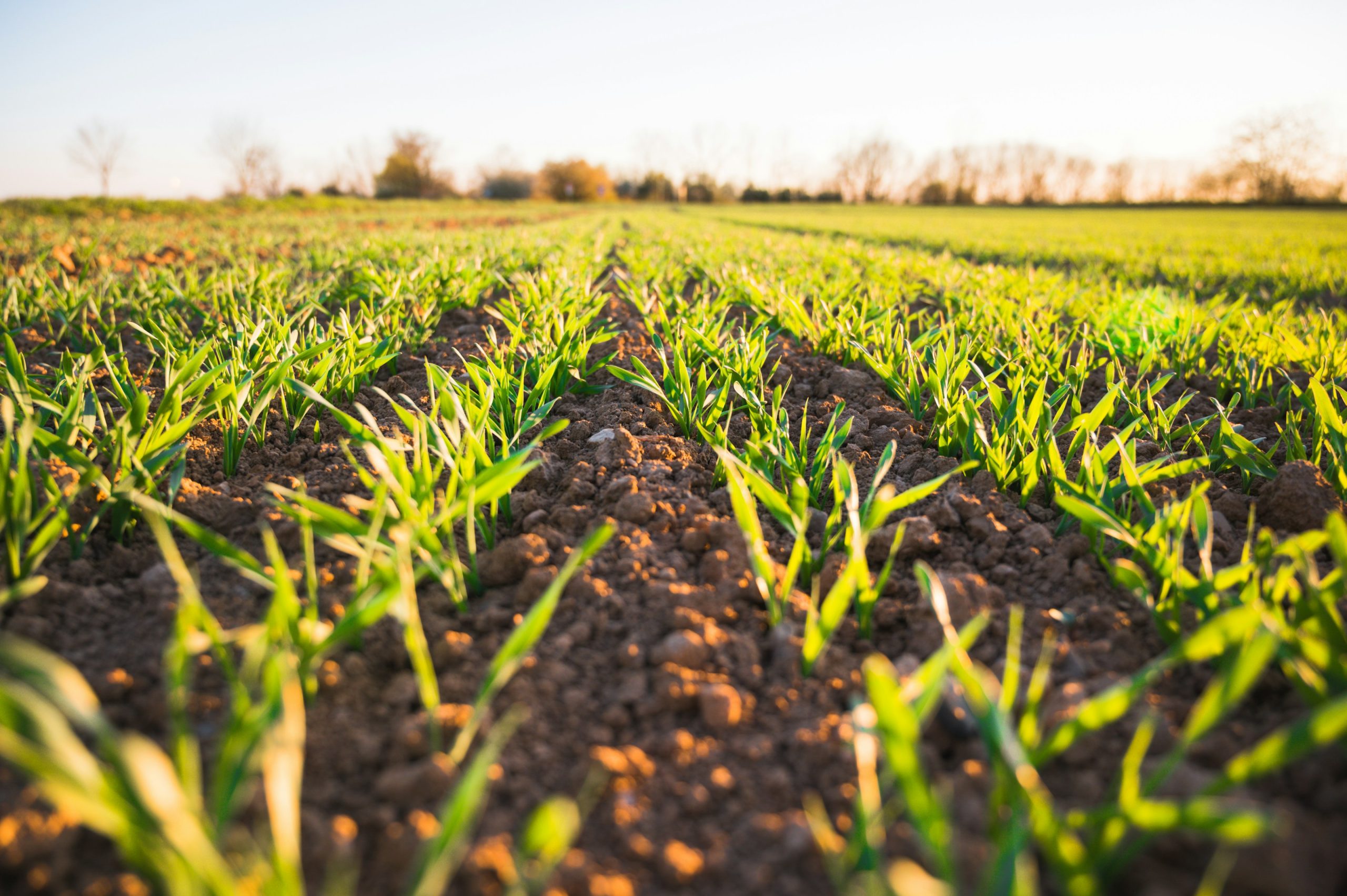Sure avocados, legumes and blueberries are superfoods, but can they solve some of the world’s most pressing challenges like climate change and food waste?
Seaweed, the Asian cuisine superfood ingredient that’s starting to gain traction in the U.S., just might be able to.
In fact, researchers who put a small amount of seaweed into the feed of cattle over the course of five months found that the new diet caused the bovines to belch out 82% less methane, a potent greenhouse gas, into the atmosphere.
The finding builds on previous research that showed that seaweed could reduce cows’ methane output over a shorter timespan The Guardian (March 18).
“We now have sound evidence that seaweed in cattle diet is effective at reducing greenhouse gases and that the efficacy does not diminish over time,” said Ermias Kebreab, director of the World Food Center and an agricultural scientist at University of California, Davis.
An additional environmental benefit of seaweed is its sustainability. It doesn’t require land or pesticides to grow.
Seaweed innovation and growth outlook
Scientists from India and Russia have developed a new edible food-packaging film that incorporates a seaweed product to help foods like fruits and vegetables stay fresh longer EurekAlert (March 23).
Along with other innovations being developed to extending the shelf lives of grocery products, seaweed-based packaging could make a sizeable dent in the amount of food thrown away by supermarkets, which according to Business Insider, amounts to 10% of all U.S. food waste, or 43 billion pounds of food each year.
Against this backdrop, the seaweed protein market is expected to reach $981.6 million by 2026, growing at a CAGR of 13.2%, according to a MarketsandMarkets report.
Seaweed becoming more popular outside of Asia
Low-calorie and nutrient-dense, seaweed has long been harvested and consumed in Asian cuisines, particularly those of Japan and Korea. An essential part of many familiar Japanese dishes from miso soup to sushi rolls, a growing number of U.S. consumers – led by health-conscious and adventurous Millennials – are incorporating seaweed into their diets.
“Seaweed is low-calorie, crunchy, salty, and super nutritious,” said Carolyn Brown, a registered dietitian at Foodtrainers in New York City (Health.com, March 30). “The fact that it’s plant-based and high in protein makes it on-trend, too.
Brown added “Seaweed is a vitamin and mineral jackpot, full of vitamins A and E, B vitamins, calcium, magnesium, potassium, copper, iron, and iodine.” It also contains omega-3s and polyphenols, and is a good source of protein and fiber.
With this information in mind, food companies have been developing new offerings that incorporate seaweed.
In addition to a range of chips, wraps and snacks, the Dutch company Seamore launched a line of seaweed-based pasta in 2014 as a healthier alternative to pasta. In 2017 it introduced a vegan bacon product made from dulse seaweed.
Also, Burlingame, California-based New Frontier Foods has created a range of noodles, broths, seasonings, sauces and dressings containing certified organic seaweed. Marketed as Halo’s Ocean products, the company’s U.S. market success had led to expansion into the U.K. (CBI, August 2020)
As food industry executives note the impact seaweed is having on market share, others are tracking what kind of effect this sea vegetable will have on climate change and food waste. So, whether it’s for nutritional value or ESG impact, the future looks bright for seaweed.












